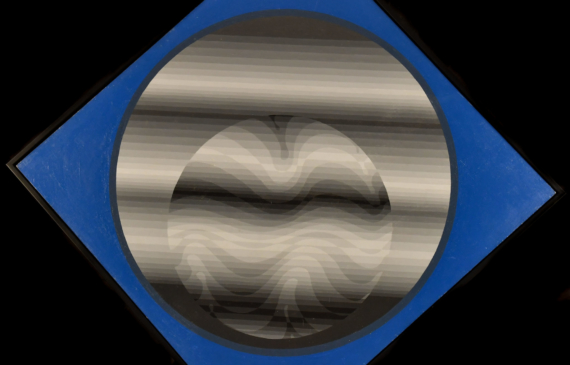
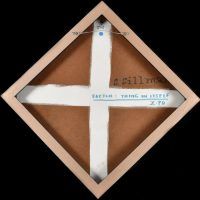
Sewell Sillman (American, 1924–1992)
Sketch: Thing in Itself, 1970
Acrylic on masonite
33 ¾ H. x 33 ¾ W. inches
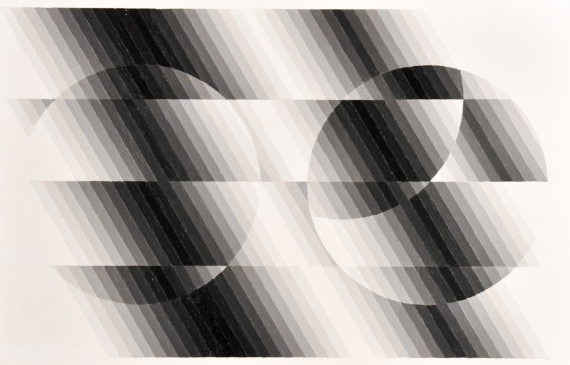
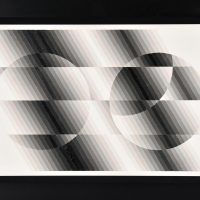
Sewell Sillman (American, 1924–1992)
Black and White, c. 1975
Acrylic on masonite
13 ½ H. x 20 ½ W. inches
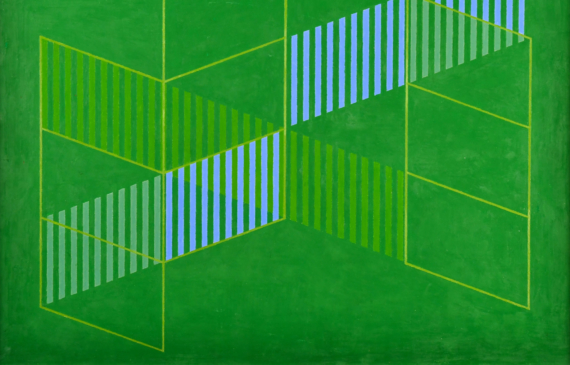
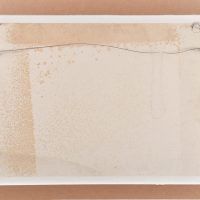
Sewell Sillman (American, 1924–1992)
Green, c. 1958
Acrylic on masonite
21 ½ H. x 28 W. inches
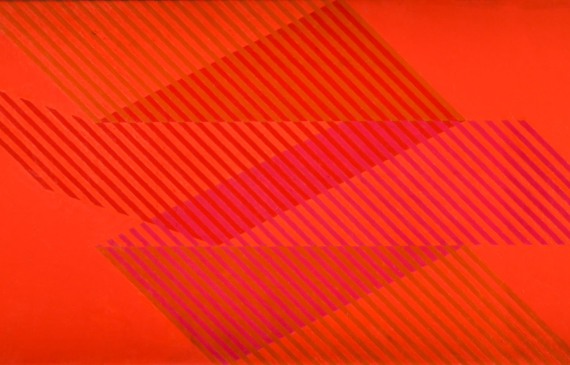
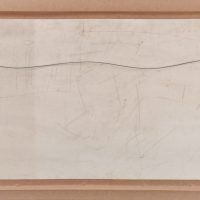
Sewell Sillman (American, 1924–1992)
Red, c. 1958
Acrylic on masonite
18 H. x 36 W. inches
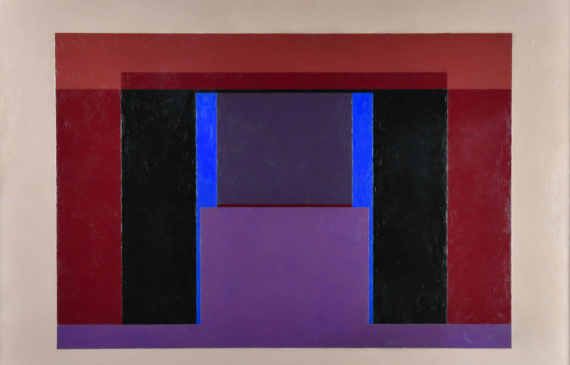
Sewell Sillman (American, 1924–1992)
The Palace (Version 2), 1961
Oil on masonite
33 ¾ H. x 45 W. inches
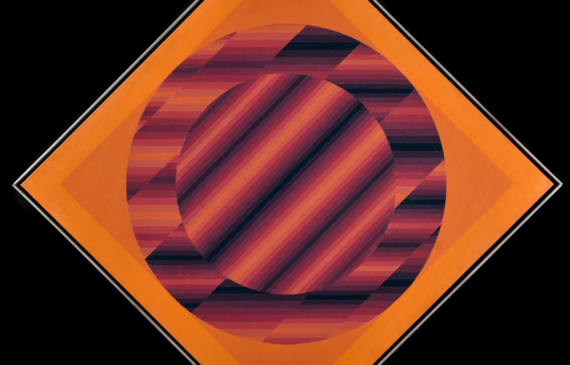
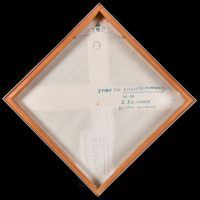
Sewell Sillman (American, 1924–1992)
Study for: Eclipse (Autumnal), 1971
Acrylic on masonite
31 ¼ H. x 33 ¼ W. inches
Upon attending Black Mountain College in Asheville, North Carolina, Sewell Sillman’s life was arguably altered forever. Prior to his enrollment, he enlisted in the Air Force Reserve in 1942, where he trained at Johns Hopkins and served in Europe during World War II. Once discharged, he attempted to resume earlier studies at Georgia Tech in 1946 but found the learning environment to be too rigid for his liking. Moving to study architecture at Black Mountain College, he quickly found that he was drawn to the courses led by Josef Albers. Some of the notable instructors who taught there included Buckminster Fuller, Willem de Kooning, Walter Gropius, among others. Kenneth Noland, Robert Rauschenberg, Ruth Asawa, and Ray Johnson also studied alongside Sillman at the college. He was quoted regarding Black Mountain, saying that it “…gave me a chance to get rid of absolutely every standard that I had grown up with… It was like a snake that loses its skin… What was left was someone who had absolutely no idea in the world what to do… It was marvelous.”
Sillman truly excelled in the realm of color and shape, creating compositions out of simple shapes and alternating palette for a top notch outcome. The mastery with which the artist approaches color may have started with his studies under Albers, but Sillman landed on a style that was distinctly his own. He even experimented with the positioning of the canvas itself, painting images within a diamond-shape that were meant to be hung as such. He had a natural eye for the way that colors and shapes work together, taking careful attention to detail in each work while still managing to come off with an air of ease.